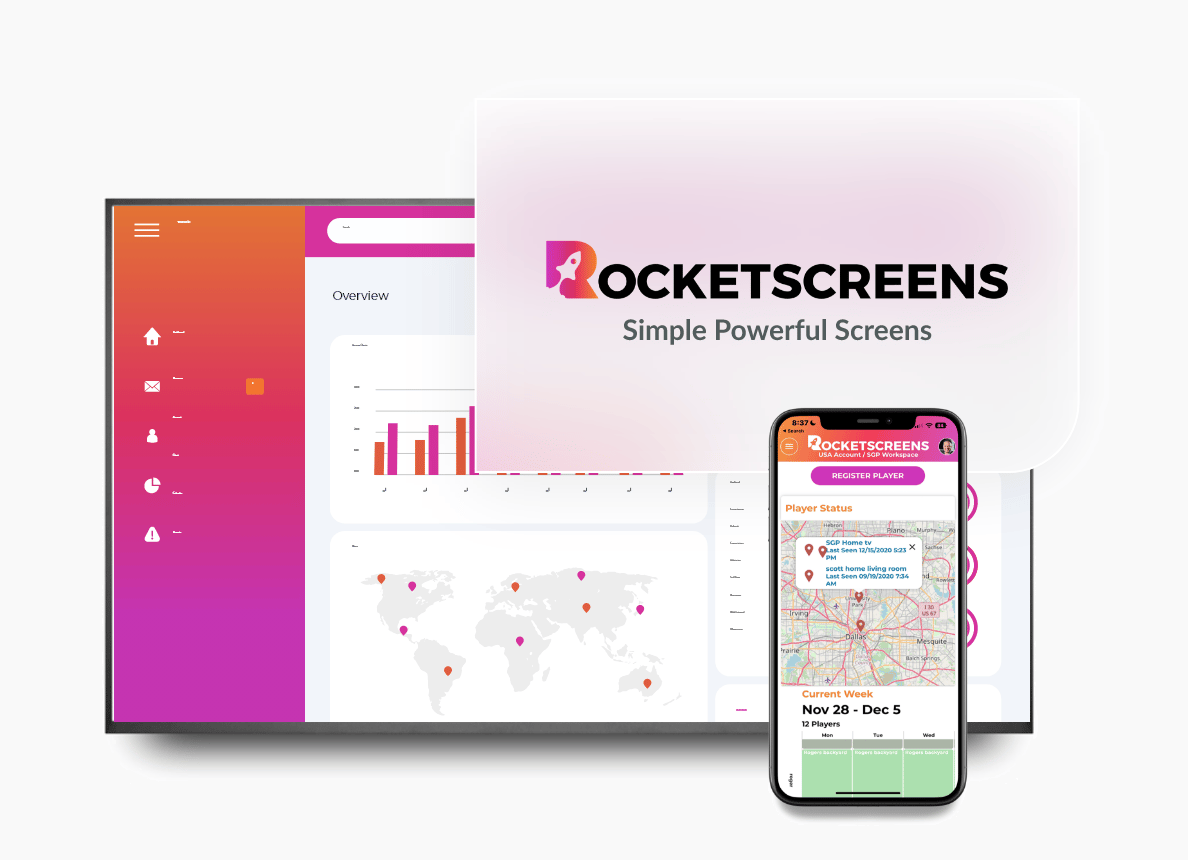
In today’s fast evolving digital landscape, the ability to effectively communicate data insights is paramount for businesses aiming to make informed decisions. The constructive collaboration between Power BI, a powerful business intelligence tool, and digital signage, a dynamic medium for visual communication, presents a compelling solution for organizations looking to display data in impactful and engaging ways.
Power BI: Empowering Data Insights
Power BI, developed by Microsoft, is a robust business analytics tool that allows users to connect to various data sources, transform raw data into meaningful insights, and create interactive reports and dashboards. Its intuitive interface and extensive range of visualization options enable users to represent data in ways that are easy to comprehend, aiding in better decision-making.
Digital Signage: Captivating Visual Communication
Digital signage involves the use of digital displays such as LCDs, LEDs, and projectors to showcase multimedia content in public spaces. It has rapidly gained popularity across various industries due to its ability to capture attention, convey information effectively, and enhance brand visibility. From retail to corporate settings, digital signage has become a versatile tool for engaging audiences in a dynamic and visually appealing manner.
The Perfect Pairing: Power BI and Digital Signage
The integration of Power BI and digital signage holds immense potential for organizations seeking innovative ways to share insights with both internal and external audiences. Here is how this pairing can benefit businesses:
- Real-time Insights: With live data integration, Power BI-enabled dashboards can be displayed on digital signage screens. This ensures that viewers are always presented with up-to-date information, providing valuable insights to both employees and customers.
- Engaging Visuals: Power BI’s interactive and visually appealing charts, graphs, and infographics can be seamlessly showcased on digital signage displays. This transforms raw data into engaging visuals that are easy to understand, helping to convey complex information in a more digestible manner.
- Data Accessibility: By placing digital signage in high-traffic areas, businesses can ensure that critical data is accessible to a wider audience. Whether its sales performance metrics in a retail store or project progress in an office lobby, digital signage enhances data accessibility and transparency and becomes available to a broader audience.
- Enhanced Communication: Digital signage can provide context to the data being presented by incorporating relevant images, videos, and messages. This contextualization adds depth to the insights and aids in conveying the intended message more effectively.
- Centralized Content Management: Integrating Power BI with a digital signage platform allows businesses to manage and update content from a centralized location. This eliminates the need to manually update each individual display, saving time and ensuing consistency across all screens.
- Audience Engagement: Interactive touchscreens can be integrated with Power BI dashboards, allowing viewers to explore data on their own terms. This interactivity encourages engagement and empowers users to delve into insights that matter to them.
CONCLUSION:
In the present era where data is king and communication is key, the fusion between Power BI and digital signage offers an innovative solution to present data-driven insights. This integration not only enhances data visualization but also fosters engagement, encourages collaboration, and promotes better decision-making across various industries. As businesses continue to seek novel ways to captivate their audiences, the partnership between Power BI and digital signage is positioned to play a pivotal role in shaping future data communication.





